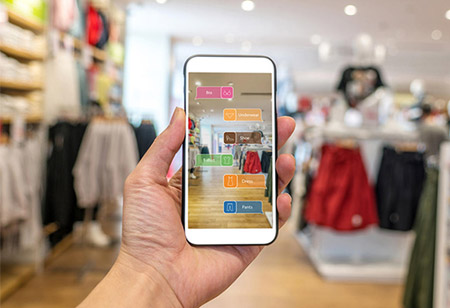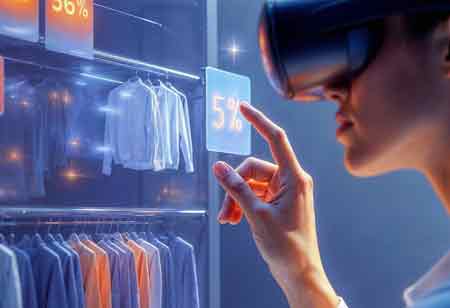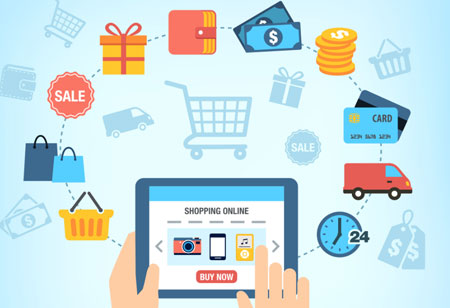THANK YOU FOR SUBSCRIBING
Digital Future of Retail: What to Expect?
The rapid, massive acceleration to more online shopping has exposed cracks that already exist, such as how to quickly scale up and keep consumers engaged, along with new obstacles, such as how to care for socially distanced customers.

By
Apac CIOOutlook | Tuesday, March 02, 2021
Stay ahead of the industry with exclusive feature stories on the top companies, expert insights and the latest news delivered straight to your inbox. Subscribe today.
The rapid, massive acceleration to more online shopping has exposed cracks that already exist, such as how to quickly scale up and keep consumers engaged, along with new obstacles, such as how to care for socially distanced customers.
Fremont, CA: The effect of the Covid-19 pandemic on the retail sector has varied widely. Although demand for some items, such as apparel and luxury brands, has fallen significantly, retailers elsewhere have been able to tap into stable revenue streams. However, the big obstacle for many was the burden imposed on e-commerce functions and the expansion of their supply chains.
Setting up Guidelines
The rapid, massive acceleration to more online shopping has exposed cracks that already exist, such as how to quickly scale up and keep consumers engaged, along with new obstacles, such as how to care for socially distanced customers. While access to technology is ubiquitous and relatively inexpensive, it is what retailers choose to do with it that matters. Today's consumer has more options than ever before; and when Covid-19 made physical shopping difficult, retailers were met with the question of how to keep consumers satisfied and linked to their brand.
What is obvious is that the ability now to remain close to consumers will dictate which retailers will thrive and which will become redundant. Gold standards have been set by the world's best established digital giants. The benchmark is a simple-to-use, reliable, customizable omnichannel experience that keeps individual customers connected while exploiting massive data volumes to constantly adjust.
Staying Linked When Customers are Not Shopping
There are fascinating examples of consumer interaction that could be maintained during the initial crisis of the Covid-19. For instance, when its restaurants were closed, a large fast-service restaurant player used its digital platform to encourage customers to play games online and win prizes while educating them on the healthy choices to get their favorite food and drinks. Now that restaurants are reopening, the same platform and approach play a key role in bringing customers back through the doors.
There are lessons here for every retailer: how to understand your customer, even when they're not shopping with you, and then use those insights to tailor and deliver what they want in a multi-channel, flexible and changing way.





